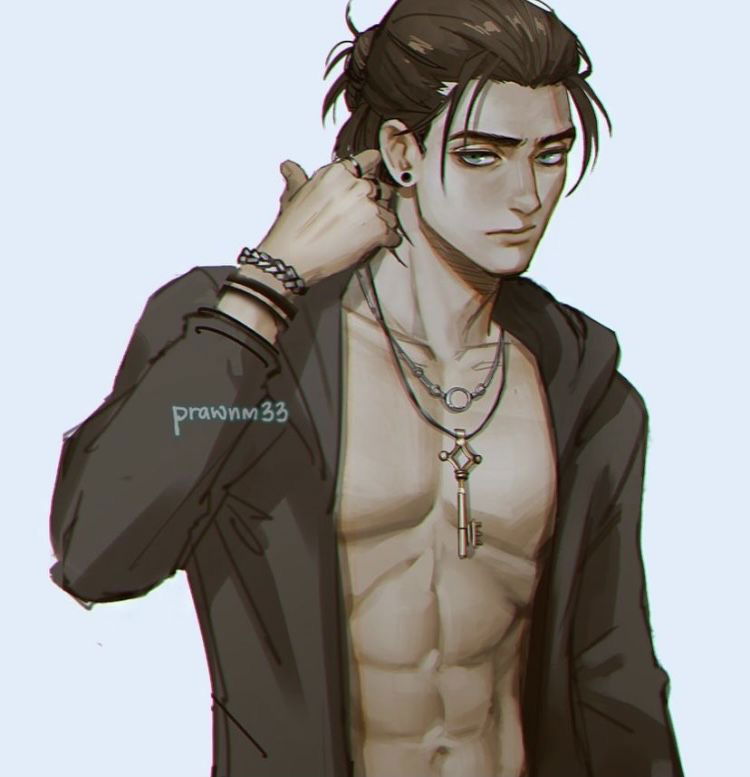Every compelling character, especially in anime, often draws from established archetypes. Recognizing these foundational patterns is the first step in building something unique.
The Stoic Protector
This archetype is characterized by a reserved demeanor, often burdened by past trauma or a strong sense of responsibility. Think of characters like Levi Ackerman from Attack on Titan or Guts from Berserk. They rarely show their emotions, but their actions speak volumes. Their strength isn't just physical; it's their unwavering resolve in the face of overwhelming odds.
- Key Traits: Quiet, disciplined, fiercely loyal, often possesses a hidden vulnerability, highly skilled in combat or a specific craft.
- Narrative Function: They often serve as a moral compass or a powerful ally, their stoicism providing a stark contrast to more emotional characters. Their internal struggles can be a major source of dramatic tension.
- Misconceptions: Viewers might mistake their stoicism for apathy or a lack of depth. The challenge is to reveal their inner world through subtle actions and significant moments, rather than overt declarations.
The Energetic Optimist
These characters are the lifeblood of many anime, bringing a boundless enthusiasm and a can-do attitude. Naruto Uzumaki is a prime example, his infectious optimism driving him to achieve the impossible. They often start as underdogs, underestimated by others, but their sheer willpower and positive outlook allow them to overcome any obstacle.
- Key Traits: Loud, cheerful, persistent, sometimes naive, deeply caring, possesses an unshakeable belief in themselves and others.
- Narrative Function: They are often the emotional core of a story, inspiring those around them and providing moments of levity. Their journey is frequently about proving their worth and overcoming self-doubt.
- Common Pitfalls: Overdoing the optimism can make them seem one-dimensional or annoying. The key is to ground their positivity in genuine empathy and a clear understanding of the stakes.
The Brooding Anti-Hero
Darker and more complex, the anti-hero operates in moral gray areas. They might have questionable methods or a cynical outlook, but their ultimate goals can still be noble, or at least understandable. Light Yagami from Death Note is a classic example, driven by a twisted sense of justice.
- Key Traits: Intelligent, manipulative, morally ambiguous, often isolated, driven by a strong personal code or vendetta.
- Narrative Function: They challenge the audience's perception of good and evil, forcing viewers to question their own moral compass. Their internal conflicts are often the central focus of the narrative.
- Creating Depth: Avoid making them simply "evil." Explore the motivations behind their actions, the experiences that shaped their worldview, and any flicker of humanity they might still possess.
The Cool and Collected Genius
These characters possess exceptional intellect and a calm, composed demeanor, even in the most chaotic situations. L from Death Note or Shikamaru Nara from Naruto exemplify this. They often solve problems through strategic thinking and observation, making them invaluable assets to any team.
- Key Traits: Highly intelligent, analytical, observant, often possesses a unique or eccentric personality, calm under pressure.
- Narrative Function: They act as strategists, problem-solvers, and often provide exposition or crucial insights. Their detachment can sometimes be a source of conflict or misunderstanding with more emotionally driven characters.
- Avoiding Stagnation: While their intelligence is their defining trait, ensure they have other dimensions. Do they have personal goals? Fears? Relationships that affect their decisions?

